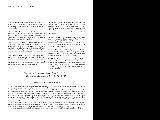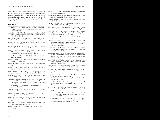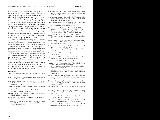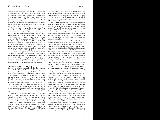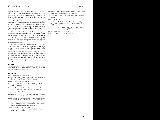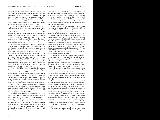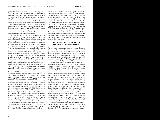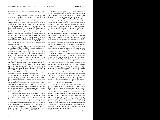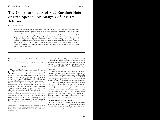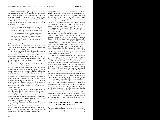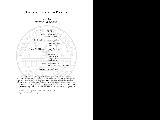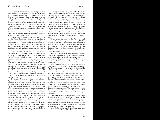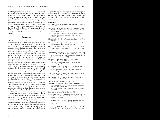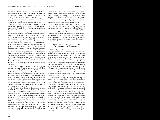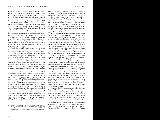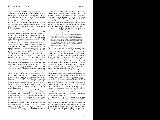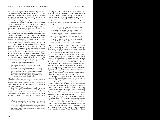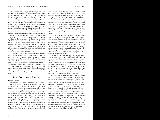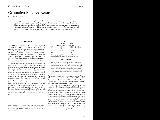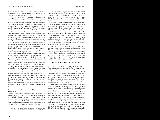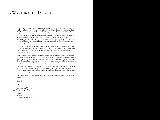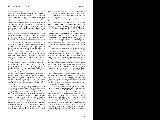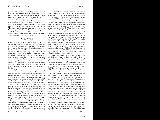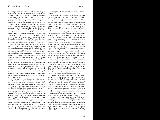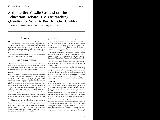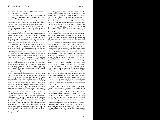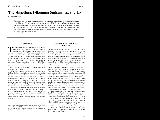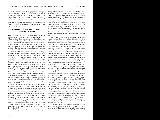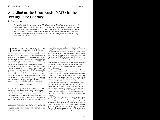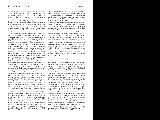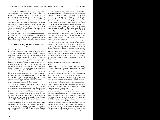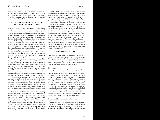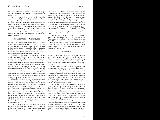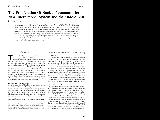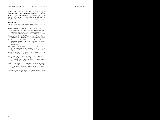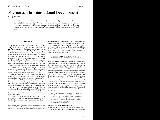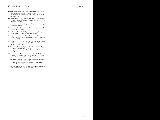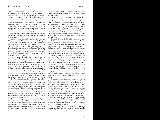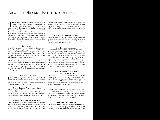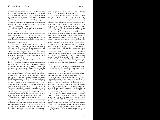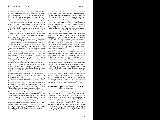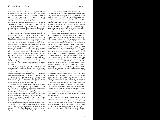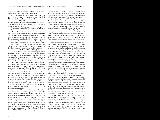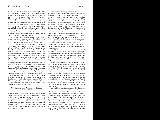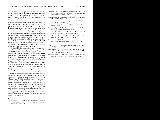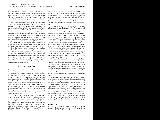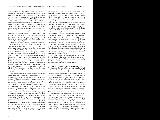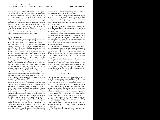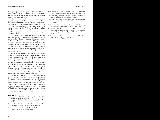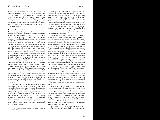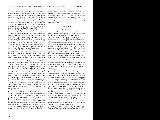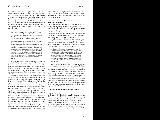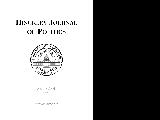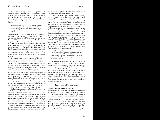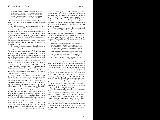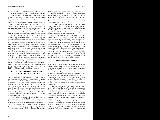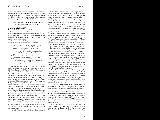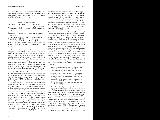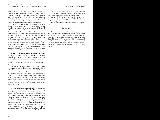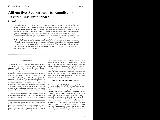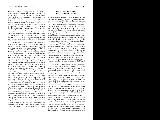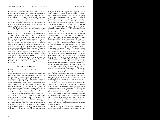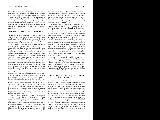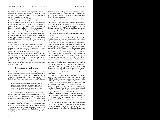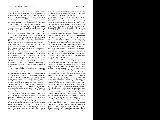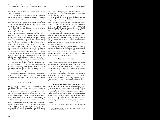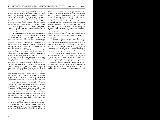| OCR Text |
Show HINCKLEY JOURNAL OF POLITICS SPRING 2001 After Brown: The Challenge to Attain an Equal Unitary Education System By Jessica Shulsen Among citizens and educational reformers a central belief exists that the nations public schools are failing. One reality underlying this perception is that while school administrators and political leaders no longer create a separate school system by law (de jure), a de facto dual system still operates-inferior inner-city schools largely for minority children and superior suburban schools for white children. This paper examines reasons for the dual system, as well as recent Supreme Court decisions holding that school boards are not responsible for desegregating public schools that are virtually one race due to de facto causes. The ability of magnet schools to alleviate tine dual system is explored. INTRODUCTION In the 2000 presidential election, one of the most controversial issues was not abortion or gay rights, but education. Each candidate declared that he had a solution to the nation's "failing" public school system, and each called his opponent's solutions radical, risky or elitist. Before one explains why education has caused such uproar, one must answer the question why the system needs to be fixed in the first place. For that, one must understand what has happened in the public school system over the past several decades. The failing schools to which many are referring are inner-city schools. Although, most would argue that Brown ended a dual school system in America forty-five years ago, these schools are still plagued by problems stemming from segregation and poverty. Over the past few decades inner-city schools have become overwhelmingly African-American or Latino while the suburban public schools have stayed predominately white. In fact, segregation has quietly been creating a dual system in America's public schools (Orfield et al. 1996, 53). Two major factors have helped to increase segregation. The first is political changes that can be seen through the Supreme Court's role in desegregating public schools. The second is high residential segregation and changes in the nation' s demographics. The combination of these factors has created two separate and unequal school systems. The nation cannot produce tolerant and responsible citizens when it denies an adequate education to one group. Minority children lacking a quality education will not have access to institutions necessary to succeed in life. An ade- Jessica Shulsen received a Bachelor of Science in Political Science from the University of Utah and plans to pursue a degree in law. quate education can prepare children for college and higher-paying jobs, thus bringing them out of a world of poverty. THE SUPREME COURT'S ROLE IN PUBLIC SCHOOL DESEGREGATION The U.S. Supreme Court has played a complex and sometimes conflicting role in eliminating discrimination and upholding civil liberties. The desegregation of public schools was no exception. One can see the rise and decline of the movement for integration through their decisions. The Court had a long history of being a hindrance to eliminating discrimination. It was after all, the institution that confirmed the separate-but-equal doctrine. However, the tide of the court began to change in the late 1930s. A 1938 case foreshadowed what would eventually happen to the separate-but-equal doctrine. Games <v. Canada dealt with a Missouri law, which paid for a black student to attend a law school out of the state. The Court stated that the law violated equal protection. In other words, a black student had a right to attend law school in his home state (Fisher 1999, 880). Following World War II, the Court became an even greater protector of individual rights. After World War II the United States was an ever more mobile society, consequently making segregation more and more impractical. African-American soldiers were returning home from fighting alongside whites. President Truman integrated the armed forces in the late 1940s (Fisher 1999, 875). Though black soldiers fought in World War II, at home class revisions remained. The second change brought by the war was the United States emergence as a world leader. The U.S. could not fight communism when its own people were segregated. Also, there were the horrors of Nazi Germany that preached a doctrine of 63 |

